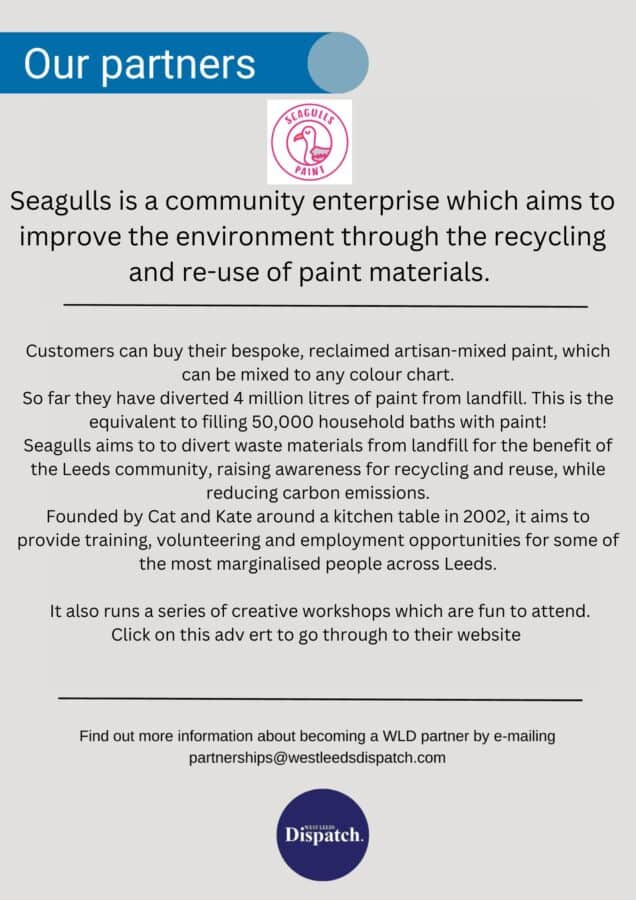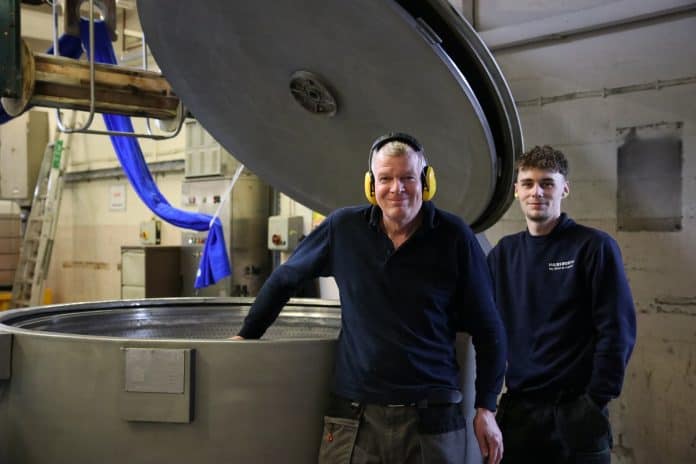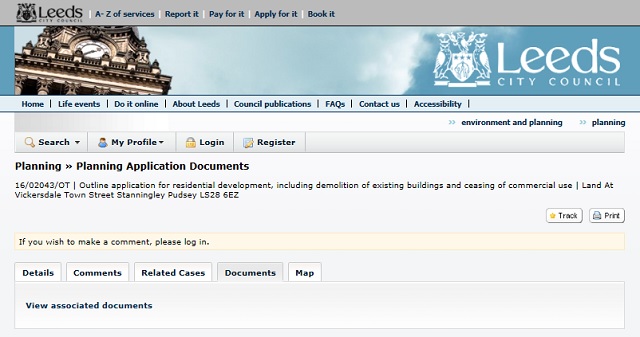AW Hainsworth, a British fabric manufacturer and woollen mill at Stanningley Bottom, has achieved ‘Zero to Landfill’ status through recycling and waste reduction.
The 240-year-old heritage textile mill, which creates woollen cloth, high-performing textiles, and iconic fabrics for customers worldwide, tracked and measured its waste to develop a plan to reduce it to zero.
AW Hainsworth partnered with Reconomy, a waste management provider which outsources management services to approved local providers to minimise transport costs and emissions and allow for quick and effective turnarounds when collecting. The recycling centre they use recovers 97% of all materials received.
The manufacturer has invested in better machinery to manage on-site waste, installing energy-efficient plastic and cardboard balers, each sent to recycling. AW Hainsworth has also ensured the recycling process is as simple as possible, with improved signage throughout the mill and employee waste management education.
During the past year, the textile producer has completed several projects, including using un-dyed yarns in partnership with some aviation customers to create sustainable fabrics. Using 100% un-dyed wool reduces energy, water, and waste effluent in manufacturing.
AW Hainsworth has also analysed ways to reduce packaging waste from suppliers. This involved working with a regular yarn supplier to reduce the packaging weight by 79% and condensing the packaging to reduce freight space.
Amanda McLaren, MD of AW Hainsworth, explains: “As manufacturers, we know that our processes can result in high emissions. We continuously monitor our energy and water use and remain conscious of ways we can limit waste while continuing to operate efficiently and effectively. We also regularly review our manufacturing processes and their impact to identify areas for improvement.
“We had already made good progress with improving waste reduction on smaller projects in specific departments. However, looking at our overall waste management process and strategy for site-wide improvements was important.
“We started tracking our waste streams to measure what was being re-used or recycled and what was being sent to energy recovery, making significant changes and improvements. There is still work to do to increase recycling and reduce energy recovery, which will form part of our goals for waste management over the next three years.”
The company has recently published their 2023 Sustainability Report, which documents the mill’s sustainability journey. A head of sustainability position will be recruited on to the AW Hainsworth team this year.
Sponsored content





